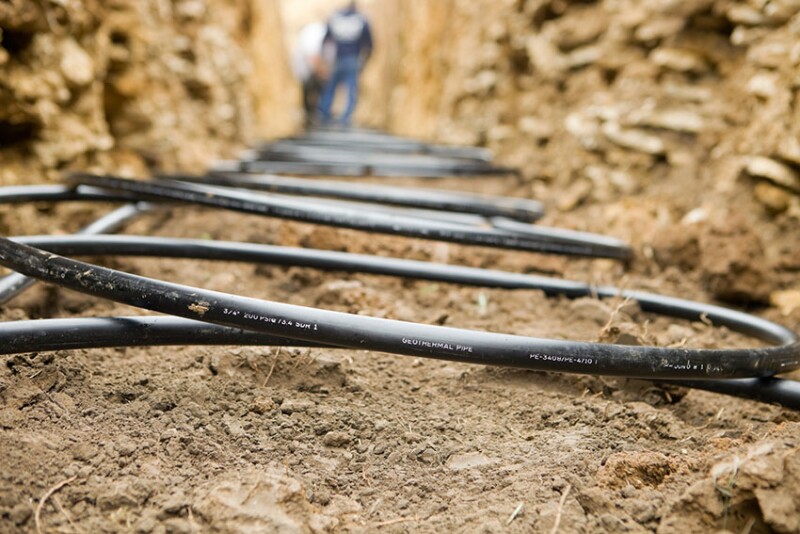Geothermal reservoirs are one of the cleanest renewable sources of energy poised to address the global energy challenge. A major issue in the exploitation of geothermal reservoirs, however, is to find best-fit analytical methods for pressure transient analysis (PTA). This is because the assumptions made to predict PTA in hydrocarbon reservoirs are not satisfied by geothermal reservoirs. In the complete paper, the effect of cold-water injection on PTA of geothermal reservoirs is studied by varying the temperature of the injected cold water from room temperature to reservoir temperature.
Introduction
A major method of extracting heat energy from the Earth is the injection of water. Cold water is injected deep into geothermal reservoirs at a depth of 2–4.5 km.


